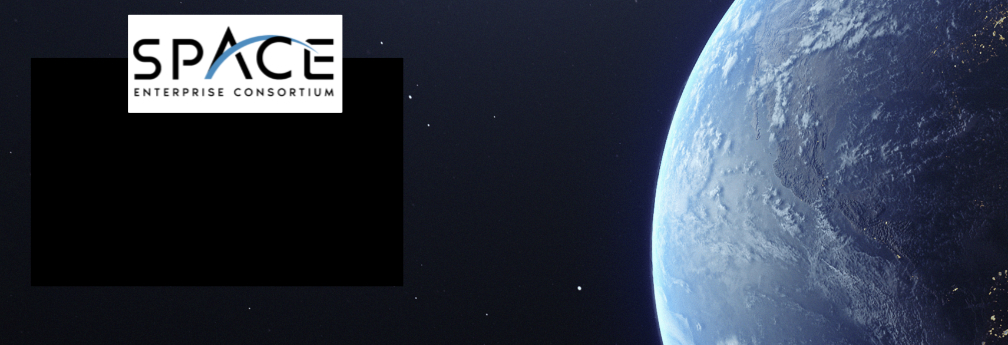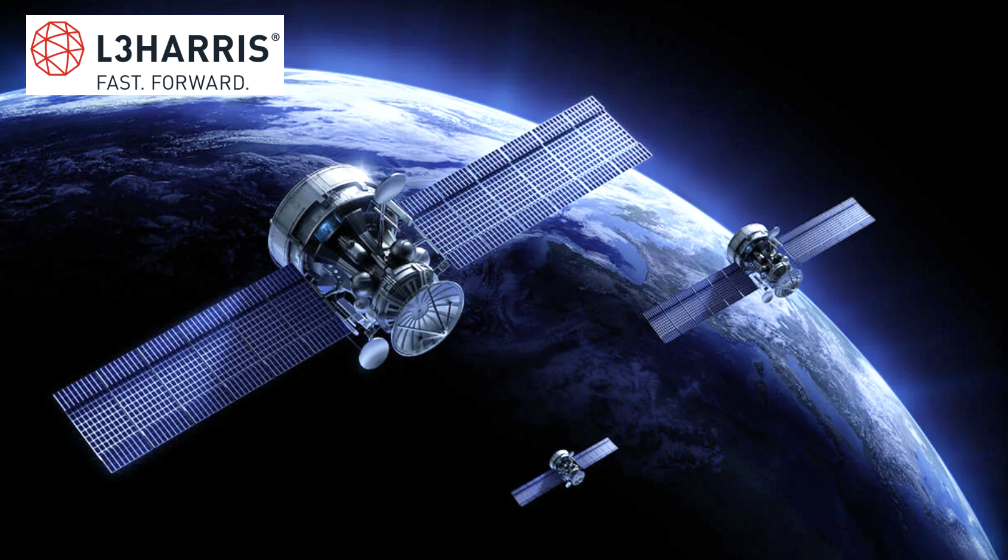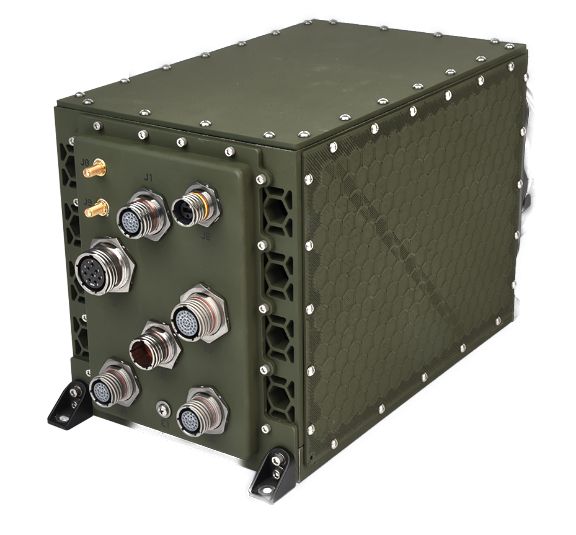
L3Harris will develop a mission payload design to support the Missile Track Custody (MTC) program, through the Space Enterprise Consortium (SpEC) Other Transaction Authority (OTA) vehicle awarded contract.

The U.S. government recently selected L3Harris to join Millennium Space Systems and Raytheon Intelligence and Space in the MTC effort, strengthening national defense capabilities. This award, valued at nearly $29 million, reaffirms L3Harris’s commitment to innovation and excellence in providing cutting-edge solutions for complex defense challenges.
The history of missile tracking within the United States (U.S.) Department of Defense (DoD) spans several decades, reflecting the continuous evolution of defense technology. Starting in the mid-20th century, the DoD established a variety of programs and initiatives to develop and enhance missile tracking capabilities.
From the early radar-based systems employed during the Cold War era to the advent of satellite-based tracking and advanced sensor technologies, the DoD has remained at the forefront of missile tracking advancements. Over the years, numerous agencies, defense contractors, and research institutions have collaborated with the DoD to improve tracking accuracy, range, and real-time data fusion.
Today, the U.S. Space Force (USSF) is collaborating with the Missile Defense Agency (MDA) and the Space Development Agency (SDA), under the leadership of the Chief of Space Operations (CSO), to develop a collaborative, unified Overhead Persistent Infrared (OPIR) Enterprise solution, in support of missile warning (MW), missile tracking (MT), and missile defense (MD). The goal is to produce a capability that precedes projected threats in a congested and contested space domain, while meeting warfighter requirements. These efforts all lead to significant advancements in missile surveillance, enabling the U.S. to bolster its national defense and maintain a vigilant watch over potential threats to security at home and abroad.
The Missile Track Custody program, an ongoing initiative aimed at enhancing the nation’s missile defense capabilities from MEO, was initially awarded to Millennium Space Systems and Raytheon in May of 2021. Leveraging their expertise, both companies played a pivotal role in advancing the MTC program to its current stage. Building upon this foundation, L3Harris’s inclusion will further accelerate progress and drive technological advancements vital to the nation’s security.
Through the MTC program, L3Harris will collaborate closely with government agencies, defense contractors and industry partners to design cutting-edge capabilities in missile track custody. By leveraging advanced sensor technologies, data fusion, and sophisticated analytics, the MTC program aims to enhance the ability to track and monitor potentially threatening missiles, providing a critical layer of defense for the nation and its allies.
About SpEC
The Space Enterprise Consortium (SpEC) was created in 2017 through the Air Force Space Systems Command to bridge the gap between military buyers and commercial space startups and small businesses through OTAs. Companies interested in joining the Space Enterprise Consortium can find more information about the organization, including how to join at this direct infolink…

Additionally, the U.S. Air Force awarded L3Harris Technologies an $81 million contract to deliver a new multi-orbit, multi-waveform, satellite communications (SATCOM) capability.

The Air Force’s Strategic Development and Planning office is overseeing the contract as part of its ongoing Global Lightning program to develop deployable systems that connect military satellites, protected waveform infrastructure and new commercial space internet satellite constellations into a single network. L3Harris will leverage its Rapidly Adaptable Standards-compliant Open Radio (RASOR™) to deliver resilient, protected, high-bandwidth, high-availability communications and data-sharing capabilities.
“Our goal is to extend seamless data connection to a wide variety of manned and unmanned airborne platforms, ground and surface platforms, and other operating locations utilizing low-Earth orbit and other satellites. These capabilities leverage our L3Harris open-systems approach to drive reusability, affordability and the rapid adoption of path-agnostic communications. RASOR has led and will continue to lead the resilient and advanced capability needs of our customer’s missions.”
— Brendan O’Connell, President, Broadband Communications, L3Harris
This award continues L3Harris’ support of the ongoing Global Lightning program. In 2020, the Air Force awarded contracts that successfully established multi-orbit SATCOM terminals for multiple aerial platforms. The company has showcased RASOR in a series of military and industry demonstrations since its 2021 launch, including flight demonstrations with the Air Force and General Atomics.
